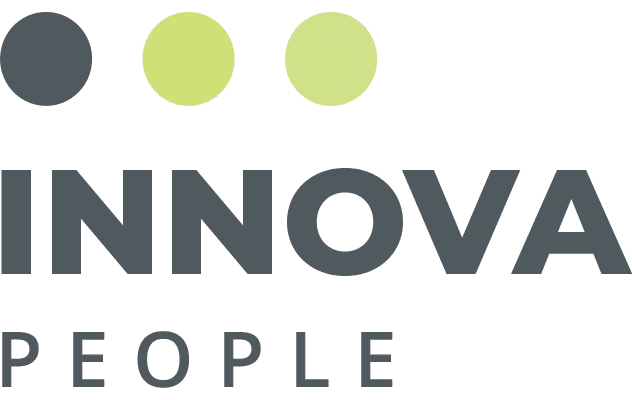As lockdown restrictions ease and the world attempts to re-open, some companies are prepping to transition back to the workplace, which raises a common question: do employees want to return to office life.
Covid-19 has forever transformed the psychology of the American workplace. Gallup Panel findings indicate that 54% of U.S. adults believe the disruptions caused by Covid-19 will last for the rest of 2020 and beyond.
Recent research found that over half of workers are afraid to go back to work due to the risk of exposure and are concerned about the safety measures in place for workers upon returning to the office, with a lack of communication on their employer’s strategy contributing to the unease.
A great place to gauge how employees feel about a return is to take a holistic approach in caring for your employees. Gather employee feedback before communicating a strategy. Managers should ask employees about their needs and the demands they’re facing outside of work. With that broad perspective, managers can better support each employee’s long-term wellbeing and engagement.
Most state re-opening plans have phases, take a similar approach with your return-to-work transition plan, and make sure it’s communicated clearly.
You can start by only bringing back the staff that you need, in shifts. Implement new office rules, like mandatory face coverings, a regular supply of hand sanitizer, extra sanitization procedures, and health checks provided to employees regularly.
Whether an organization sends everyone back to the office or sticks with a partial or complete work-from-home workforce, business leaders need to make sure the technology infrastructure is in place to support the modern digital workplace.
One trend undoubtedly here to stay is a more relaxed approach to working from home. In the future, there’s now an expectation for businesses to have flexible-working policies in place with more employees opting to stay remote. Leaders can create a more supportive, engaging work environment by accommodating employees’ desire for flexibility.
During this transition period, organizations can build trust with their employees and show that they prioritize their physical and mental safety. Companies that strategically provide freedom and flexibility to employees can help employees thrive and, in turn, stoke performance.
There’s still a lot of uncertainty as we transition to a post-pandemic world; one thing remains constant; the heart of any organization is its people.



